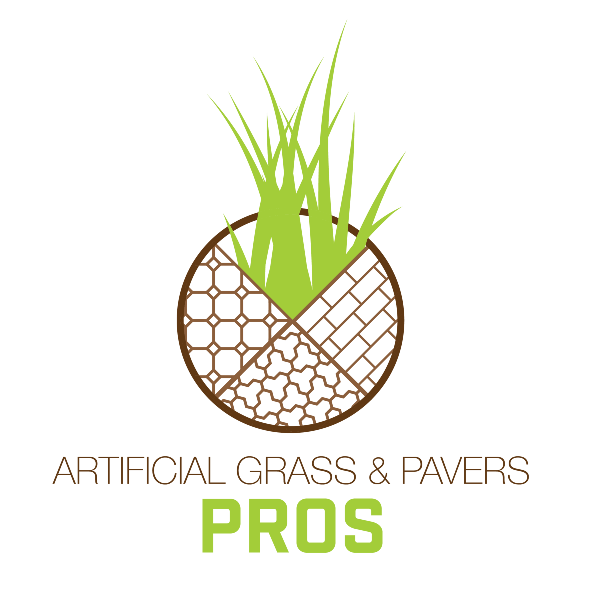Artificial grass has become increasingly popular in recent years, offering a lush, green lawn without the maintenance demands of natural grass. While some concerns about its safety have arisen, thorough research and technological advancements have made artificial grass a safe option for everyone, from children to pets and the environment. This blog post delves into how artificial grass addresses various safety concerns and provides a secure, practical solution for modern landscaping needs.
Non-Toxic Materials and Manufacturing
One primary concern about artificial grass is the materials used in its production. Reputable manufacturers now use non-toxic, lead-free materials to ensure the grass is safe. Early iterations of artificial grass contained heavy metals and other harmful substances, but modern products have undergone rigorous testing to meet safety standards. These non-toxic components prevent exposure to hazardous chemicals, making artificial grass a safe choice for children who play on it and pets who might chew on it.
Safe for Children and Pets
Parents and pet owners often worry about the safety of their loved ones on artificial turf. Modern artificial grass is designed to be soft and cushiony, reducing the risk of injuries from falls. Additionally, the infill materials used, such as crumb rubber or silica sand, are chosen for their safety and durability. These infills provide a stable, even surface that absorbs impact, further protecting children during play. For pets, artificial grass is resistant to digging and does not harbor pests like ticks and fleas, making it a healthier environment.
Environmental Benefits
Artificial grass is also environmentally friendly, addressing water conservation and pesticide use concerns. Unlike natural grass, which requires significant water resources, artificial turf needs no watering, helping conserve water in drought-prone areas. Furthermore, it eliminates the need for chemical fertilizers and pesticides, which can harm the environment and human health. Artificial grass contributes to a safer and more sustainable ecosystem by reducing water consumption and chemical usage.
Heat and Weather Resistance
Another safety aspect of synthetic turf is its resilience to various weather conditions. High-quality artificial turf is UV-stabilized, ensuring it does not fade or degrade under intense sunlight. This resistance to UV rays also means the surface remains cooler than earlier versions, which were known to get uncomfortably hot. Additionally, artificial grass has efficient drainage systems, preventing waterlogging and reducing the risk of slips and falls. These features make it a reliable and safe choice for regions with extreme weather conditions.
Conclusion
In conclusion, artificial grass has become a safe, viable option for households and public spaces. Artificial grass provides a secure and practical solution for modern landscaping needs with non-toxic materials, safety features for children and pets, environmental benefits, and weather resistance. As technology advances, artificial turf will likely become even safer and more beneficial, making it an increasingly attractive choice for those seeking a low-maintenance, aesthetically pleasing lawn.
Artificial Grass & Paver Pros
(727) 513-4240
200 Central Ave N Suite 1500, St. Petersburg, FL 33701
synthetic grass pool area

